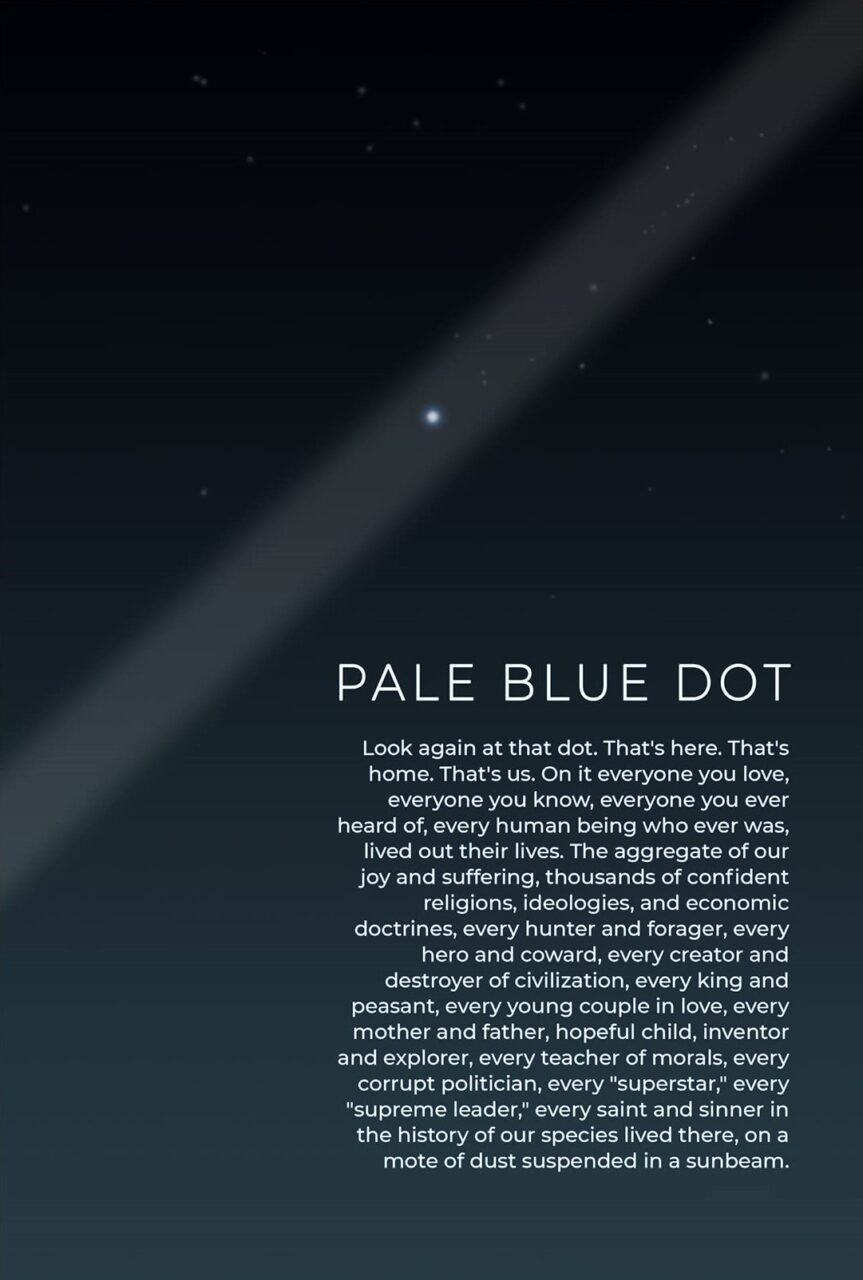A True Yunatic
Some voices don’t just explain the cosmos – they invite you to fall in love with it. Carl Sagan was more than an astronomer or science communicator; he was humanity’s guide to the universe itself. With poetic clarity and wonder, he made complex ideas not just understandable but deeply personal, emotional and inspiring. Sagan believed science was not cold; it was the purest poetry of all. He didn’t just teach – he helped us remember our place among the stars.
“We are made of star-stuff. We are a way for the cosmos to know itself.” – Carl Sagan
The Inner Child
Sagan’s inner child was forever gazing upward, amazed by the night sky and filled with awe at existence. That boy asked endless questions – about planets, stars, life and possibility. He never lost that wide-eyed wonder, keeping the spark alive through decades of exploration, curiosity and storytelling.
Tribbles
Sagan’s tribbles made the universe feel human and intimate:
- Cosmos (01980) – The iconic TV series that brought the cosmos into living rooms, making billions and galaxies feel like home.
- Pale Blue Dot – Sagan’s poetic reflection on the photograph of Earth taken from billions of miles away, reminding us of our unity, vulnerability and responsibility.
- Voyager’s Golden Record – Co-created the cosmic message sent to the stars, carrying humanity’s voice across interstellar space.
- SETI & planetary exploration advocate – Passionately supported the search for extraterrestrial intelligence, believing we’re not alone in the universe.
”Pale Blue Dot” by Carl Sagan

Connected with the Yuniverse
Sagan didn’t just study the universe – he felt its vastness, its poetry and its wonder. He knew we weren’t separate from the cosmos, but deeply connected – literally made from the stuff of stars. His universe was not empty space; it was a living story, a shared journey.
Spiritual
Sagan saw spirituality in curiosity, wonder and humility before nature’s mysteries. He didn’t look for gods; he found sacredness in reality itself.
Carl Sagan reminds us that we aren’t just observers of the universe – we are the universe, observing itself, in awe.